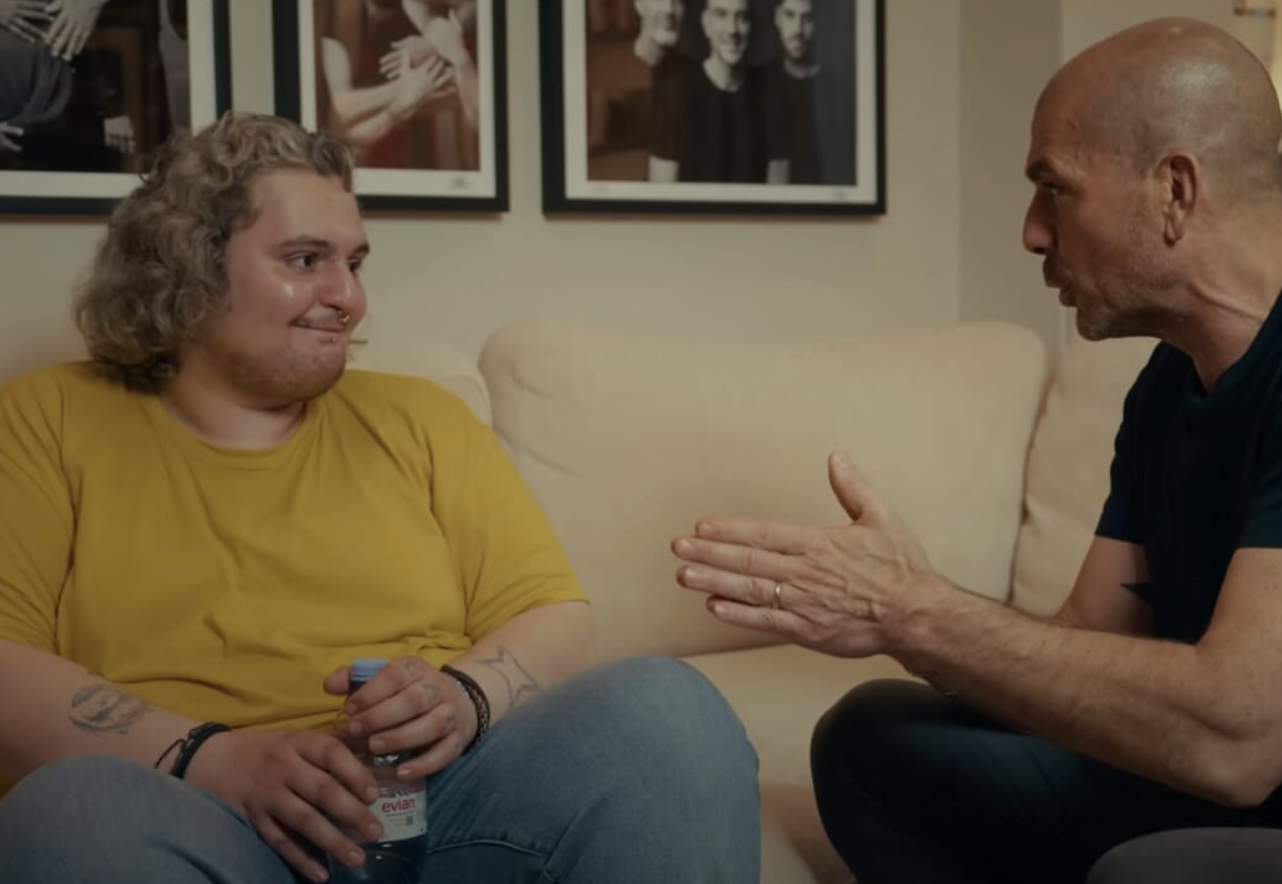One of the most important phases in implantology is the ability to virtually simulate and design the procedure and the subsequent prosthetic phase, integrating radiological data (derived from CBCT) with data from intraoral scans.
At the same time, the project is carried out by the clinician and explained to the patient, who is then able to provide appropriate consent.
The files are then reworked by the IDI MAKERS department of IDI Evolution, which produces the elements present inside the BLACKBOX , upon request of the clinician: implants, models, surgical template for implant positioning, any template for osteoplasty and temporary restoration intended for immediate loading or deferred loading in case of insufficient bone quality.
By the time the clinician and patient meet for the procedure, everything is planned, ready, and simulated with meticulous precision and safety.
This working method allows for a safer surgical-prosthetic phase and a maximum reduction in unforeseen events.
With the BLACKBOX available for every guided surgery procedure, ASOs and doctors have all the necessary information to best complete the planned and personalized treatment for each patient.
At the same time, the phases of the intervention are suggested and proposed progressively, from one implant site to the next, thanks to the TMM3 surgical engine which is connected to the ALFRED platform: the clinician and ASO are thus guided through the process of preparing the implant sites, in choosing the implant morphology and in their insertion in relation to the objectively measured bone quality, in order to obtain optimal values of integral and primary stability.
The benefits of this innovation are immediately evident in the organization and ergonomics of the dental office, resulting in quality and speed of execution, a significant positive impact on the patient's well-being, as well as a reduction in post-operative signs and symptoms.
The implant procedure thus becomes “tailor-made” for each individual patient.
Clinical case description
A 73-year-old non-smoker with a negative medical history complains of significant dissatisfaction with his chewing ability due to the instability of his lower denture. The patient expresses his desire to have a fixed implant-supported denture, minimizing the cost and surgical invasiveness of his teeth.
To meet both needs, we offer the patient a fixed prosthesis screwed onto 4 B1ONE (IDI Evolution) implants with immediate loading, to be performed through guided surgery with the aid of a surgical template in the form of a long-term temporary prosthesis, consisting of a laser-melted Cr-Co structure coated with a new polymer certifiable for permanent use.
In order to avoid excessive masticatory load and compromise of the implants, the temporary prosthesis is equipped – initially, at the time of immediate loading – with a set of teeth extending only to the implant polygon, already prepared, from a structural point of view, for the addition of the two lower sixths.
Only at a later stage, once osseointegration has taken place, will the cantilever elements be added in the molar area and the prosthesis be relined to optimize the spaces at the gum level.
The choice of these materials represents one of the many options and solutions made available by the IDI Makers department, allowing the clinician to best customize the therapeutic solution for each individual patient and respond promptly to their requests and needs.
The workflow was as follows
- Aesthetic and functional prosthetic analysis through the creation of a set-up with preformed commercial teeth (total denture type).
- Once the appropriateness of this assembly had been established, we used it as a radiological template thanks to the application of radiopaque landmarks on the vestibular flanges which allowed us to pair the DICOM file of the CBCT with the STL files obtained from the scan of the model together with the assembly itself.
- At this point, we performed an implant-prosthetic design using REAL GUIDE software , installing four B1ONE (IDI Evolution) implants in the intraforaminal area. Of these implants, the two distal ones were tilted to minimize the distal cantilever and mechanical stress on the distal implant-prosthetic components. To ensure perfect passivation of the screw-retained prosthetic structure, we inserted four regular B1ONE links as prosthetic components: this achieved adequate positioning of the screw-retained prosthesis even in the presence of implant disparallelisms of up to 50°.
- When the BLACK BOX (containing all the materials needed for the surgery and immediate prosthetic loading) arrived at the office, we scheduled the procedure. The photo shows a detail of the surgical guide and the temporary prosthesis without the molars in occlusion, to reduce stress during the immediate-load osseointegration phase.
- Using a surgical guide, we inserted four B1ONE (IDI Evolution) implants into the intraforaminal area, aligned with the previously performed 3D design. In the same session, after inserting the four links into the implant connection, we positioned the temporary cylinders and cemented them into the temporary prosthesis, whose occlusal and aesthetic components were pre-finished by the IDIMAKERS department. This ensured the prosthesis's precision and fit.
- The patient was discharged with a long-term temporary prosthesis, currently missing teeth distal to the emergence of the tilted distal implants in the molar area. The patient was prescribed antibiotic therapy with amoxicillin and clavulanic acid, accompanied by a course of 0.20% chlorhexidine rinses and a diet free of resistant and resilient foods.
- A post-operative control OPT was performed.
- After three months, we modified the same prosthesis, which had been placed using the immediate loading protocol. This modification involved both the addition of the distal tooth (teeth 36 and 46) using a system with positioning and adhesion markers that was pre-established from the outset, and the augmentation of the gingival component, in order to reduce the space beneath the prosthesis while still ensuring optimal hygiene control for the patient using super floss and interdental brushes.
- The one-year orthopantomography shows the perfect homeostatic balance of the bone-implant interface, the stability of the bone levels which is clinically accompanied by optimal trophism of the peri-implant soft tissues.
- The patient declared himself more than satisfied: he received a minimally invasive procedure, followed by a virtually non-existent post-operative period. The result is the insertion of a prosthesis that allows the patient to chew effectively, without sacrificing a very pleasing aesthetic appearance.
We would like to thank Dr. Vincenzo La Scala for sharing his clinical experience of a case of fixed prosthesis on 4 B1ONE implants in the mandible, designed virtually and manufactured with immediate loading thanks to the BLACKBOX kit developed by the IDIMAKERS department of Idi evolution.
Read the article on Odontoiatria33.










Share: